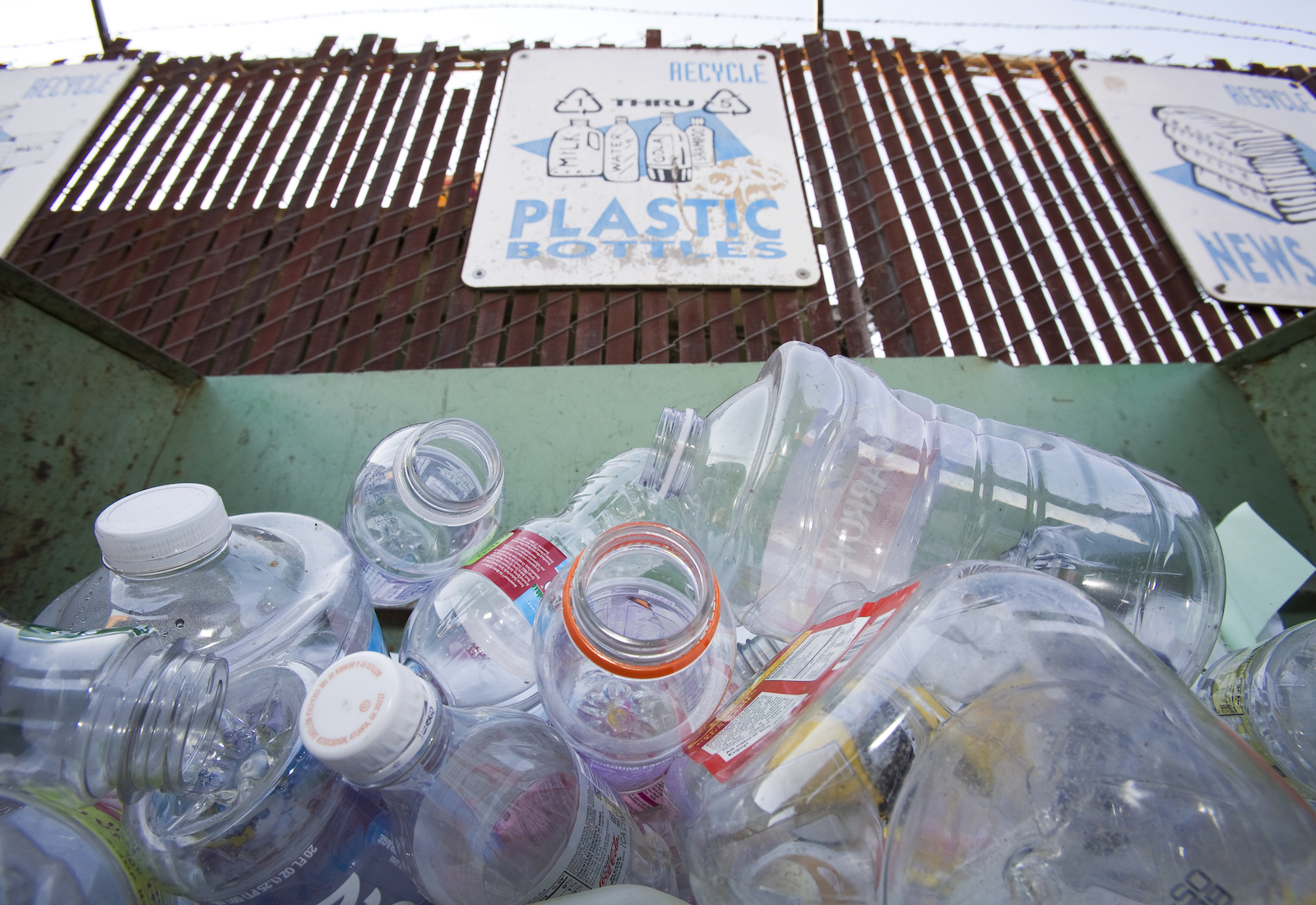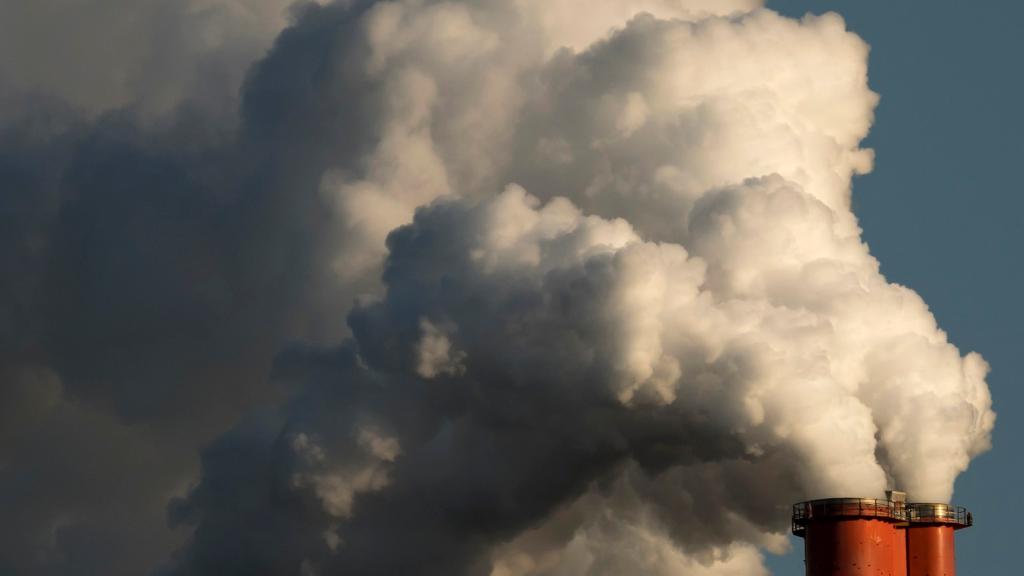The U.S. Department of Energy, or DOE, announced this week that it will invest $13.4 million in research funding to address the plastic industry’s contributions to pollution and climate change. But while the agency cast the investment as an opportunity to address urgent environmental problems while creating an “influx of clean manufacturing jobs for American workers,” environmental advocates said it was the wrong approach.
“It’s a waste of tax dollars,” said Judith Enck, a former regional administrator for the Environmental Protection Agency and founder of the advocacy group Beyond Plastics. Taking aim at the funding’s focus on “upcycling” and biodegradable plastics, she said the grants perpetuated “false solutions” that would keep the U.S. hooked on single-use plastics and do little to reduce the glut of plastic waste entering the oceans each year.
Enck’s take is a stark departure from the tone set by the DOE’s press release, which says it will contribute up to $2.5 million each to seven plastic-related research projects led by corporations and universities. It cites the need to “build a clean energy economy and ensure the U.S. reaches net-zero carbon emissions by 2050” and includes laudatory quotes from Democratic Senators Elizabeth Warren and Ed Markey of Massachusetts.
But environmental advocates say most of the projects set to be funded by the DOE — “infinitely recyclable single-polymer chemistry,” “catalytic deconstruction of plasma treated single-use plastics to value-added chemicals” — are just industry-speak for a process known as “chemical recycling.” This process, which theoretically melts plastic into its constituent molecules so it can be repurposed into new plastic products, has been criticized as an industry pipe dream; due to technological and economic difficulties, most chemical recycling facilities end up just melting used plastic into oil and gas to be burned. One 2020 analysis from the nonprofit Global Alliance for Incinerator Alternatives, or GAIA, found that of the 37 chemical recycling facilities proposed in the U.S. since 2000, only three are operational, and zero specialize in plastic-to-plastic conversion.
According to GAIA, the plastics industry has spent decades researching chemical recycling without much to show for it. Advocates like Tok Oyewole, GAIA’s U.S. and Canada policy and research coordinator, don’t think that more research funding is ever going to deliver on the industry’s promise of a closed-loop chemical recycling system, let alone on the rapid timescale demanded by the accelerating plastic pollution crisis. “It is disingenuous to assert that these technologies are a real solution,” she said.
Other nice-sounding projects flagged for DOE funding — like the development of “biodegradable films” for food packaging — have a similarly bad track record, Oyewole said. She argued that the DOE could have better spent taxpayer money by investing in strategies to reduce plastic production and scale up plastic alternatives.
Kelly Speakes-Backman, the principal deputy assistant secretary for the Energy Department’s Office of Energy Efficiency and Renewable Energy, argued that addressing plastic pollution requires a “multidimensional approach” and that chemical recycling can be a part of that approach. “Designing plastics to be more readily recyclable or biodegradable and developing viable recycling pathways are crucial steps toward reducing plastic waste, new plastic use, and the associated emissions that can be pursued alongside other potential solutions,” Speakes-Backman said in a statement provided to Grist.

Scientists and advocacy groups have long promoted a reduction in plastic manufacturing. Plastic production facilities burden disproportionately low-income and nonwhite communities with toxic air pollution, and the U.S. only recycles a pitifully small fraction of the 42 million metric tons of plastic waste it generates every year. Experts say that phasing down plastic production — as a high-profile report from the National Academies of Sciences recommended last month — is a logical first step toward eliminating pollution. As Melissa Valliant, senior communications manager for the nonprofit Oceana, told Grist, the U.S. needs to stop plastic pollution “at the source, which is at the point of production.”
There is already proposed legislation in the U.S. seeking to do this. The Break Free From Plastic Pollution Act, introduced in March by Senator Jeff Merkley of Oregon and Representative Alan Lowenthal of California, both Democrats, would place an immediate moratorium on new petrochemical facilities, effectively halting the expansion of plastic production pending a review of the industry’s environmental impact.
According to Kim Warner, a senior scientist for Oceana, the DOE — or another government agency like the Environmental Protection Agency — could coordinate with this effort by funneling money toward the rapid scale-up of plastic alternatives. There are already many companies making reusable dishware, packaging, diapers, and more, and public funding could help them make their products more widely available.
Enck added that there’s room for creativity in this area — solutions can go beyond reusable materials to imagine different ways of consuming things. She cited Pepsi’s buyout of Sodastream in 2018 as a good example. A Sodastream machine, which allows customers to make carbonated water at home and flavor it with store-bought syrups, could potentially prevent the use and disposal of hundreds of soda bottles each year. “That’s the sort of innovation we need,” Enck said. For more ideas, she suggested that the federal government put out a request for proposal to identify a list of fundable projects promoting reuse and refill. Then, she said, “you’d get a very different list of projects than what is before us today.”
Yet another option for federal funding is to focus on harmful chemicals in essential plastics — things like medical equipment and airplane parts, for which there aren’t really any good alternatives. “How can plastics that are absolutely necessary for our future be made with less harmful chemicals?” Warner asked, suggesting that the DOE give researchers money to find an answer. She also noted a need for research funding to ensure that reusable plastics can withstand multiple washes at high temperatures without leaching harmful chemicals.
Whatever the DOE does, advocates say the agency has a role to play in signaling the U.S.’s commitment to solutions that look beyond recycling technology — and especially beyond the fossil fuel industry’s obdurate efforts to make chemical recycling somehow work.
“What this funding does is perpetuate our reliance on single-use plastic,” Enck said. “And that’s not good for the environment, it’s not good for health, and it’s not good for environmental justice.”



